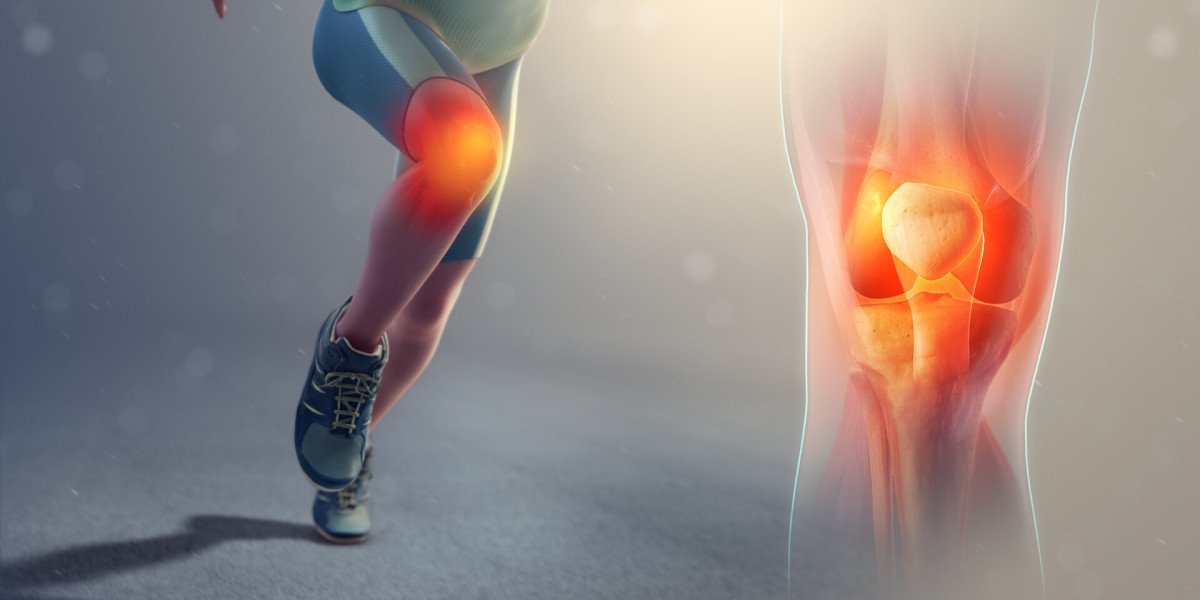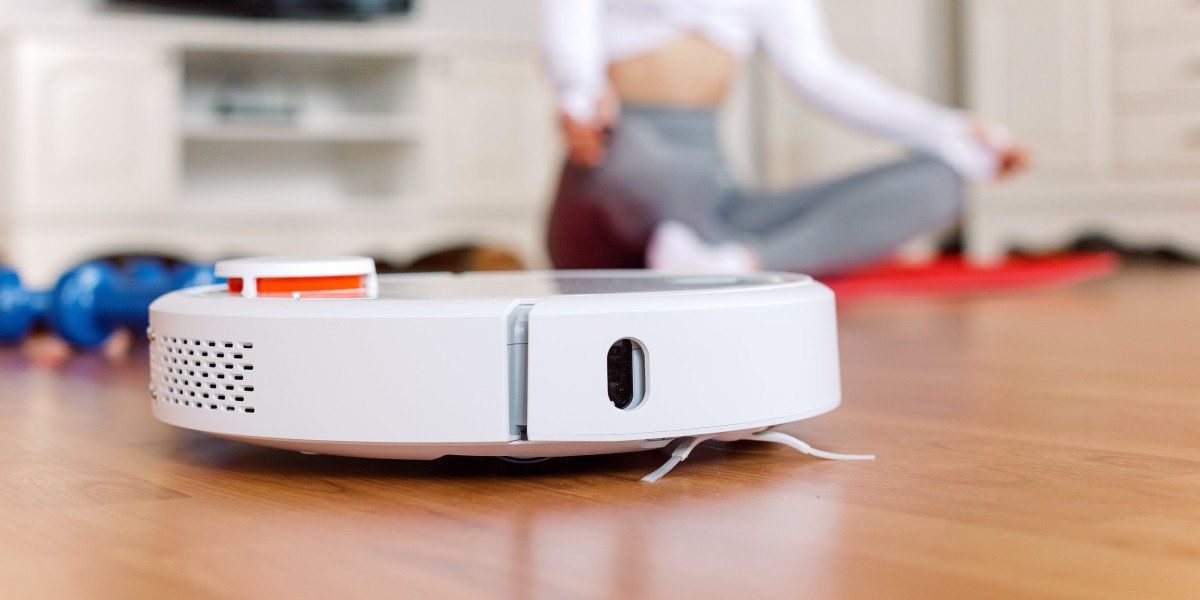In the world of sports and athletics, injuries are an unfortunate reality that can sideline even the most dedicated athletes. Among the various types of injuries, overuse injuries are particularly prevalent, often resulting from repetitive stress on muscles, tendons, and joints. Understanding the common causes of overuse injuries is crucial for athletes, coaches, and trainers alike, as it can lead to better prevention strategies and improved performance. This comprehensive exploration delves into the nature of overuse injuries, their common causes, risk factors, and effective prevention and management strategies.
1. Understanding Overuse Injuries
Overuse injuries occur gradually over time, typically as a result of repetitive microtrauma to tissues without adequate recovery. Unlike acute injuries, which happen suddenly due to a specific event (like a fall or collision), overuse injuries develop slowly and can lead to chronic pain if not addressed promptly.
1.1 Types of Overuse Injuries
Overuse injuries can affect various parts of the body, including muscles, tendons, ligaments, and bones. Some common types include:
- Tendinitis: Inflammation of a tendon, often seen in the shoulder (rotator cuff tendinitis), elbow (tennis elbow), or knee (patellar tendinitis).
- Bursitis: Inflammation of the bursae, small fluid-filled sacs that cushion joints, commonly affecting the shoulder, elbow, and hip.
- Stress Fractures: Small cracks in bones caused by repetitive force or overuse, frequently seen in runners and athletes involved in high-impact sports.
- Shin Splints: Pain along the shin bone (tibia) due to inflammation of muscles, tendons, and bone tissue.
- Plantar Fasciitis: Inflammation of the plantar fascia, a thick band of tissue that runs across the bottom of the foot, leading to heel pain.
2. Common Causes of Overuse Injuries
Understanding the common causes of overuse injuries is essential for athletes to develop effective training and recovery strategies. The following sections outline the primary contributors to overuse injuries in sports.
2.1 Training Errors
One of the most significant causes of overuse injuries is improper training practices. Athletes often push their bodies beyond their limits without allowing adequate time for recovery.
Key Training Errors
- Rapid Increase in Intensity: Sudden spikes in training intensity, duration, or frequency can overwhelm the body’s ability to adapt, leading to injury.
- Inadequate Warm-Up: Failing to properly warm up before exercise can increase the risk of injury by not preparing muscles and joints for activity.
- Poor Technique: Incorrect form during exercises can place undue stress on specific muscle groups and joints, increasing the likelihood of injury.
2.2 Lack of Recovery
Recovery is a critical component of any training program. Insufficient rest and recovery can lead to cumulative stress on the body, resulting in overuse injuries.
Factors Contributing to Inadequate Recovery
- Insufficient Rest Days: Athletes who do not incorporate rest days into their training schedules may experience fatigue and increased injury risk.
- Ignoring Pain Signals: Athletes often push through pain, ignoring their bodies' warning signs, which can exacerbate existing injuries and lead to new ones.
- Poor Sleep Quality: Sleep is essential for recovery, and inadequate sleep can hinder the body’s ability to repair itself.
2.3 Biomechanical Factors
Biomechanical factors, including an athlete's body mechanics and movement patterns, can significantly influence the risk of overuse injuries.
Common Biomechanical Issues
- Muscle Imbalances: Weakness or tightness in specific muscle groups can lead to altered movement patterns, placing excessive stress on certain joints and tissues.
- Poor Flexibility: Limited flexibility can restrict the range of motion in joints, increasing the risk of strains and sprains.
- Footwear and Equipment: Inappropriate footwear or equipment that does not provide adequate support can contribute to overuse injuries, particularly in sports that involve running or jumping.
2.4 Environmental Factors
Environmental factors can also play a role in the development of overuse injuries. These factors include the surfaces on which athletes train and compete, as well as weather conditions.
Environmental Considerations
- Training Surfaces: Hard surfaces, such as concrete or asphalt, can increase the impact on joints and lead to injuries like stress fractures and shin splints.
- Weather Conditions: Extreme temperatures, whether hot or cold, can affect an athlete's performance and increase the risk of injury. For example, training in hot weather can lead to dehydration and muscle cramps.
2.5 Psychological Factors
Psychological factors can influence an athlete's training habits and pain perception, contributing to the risk of overuse injuries.
Psychological Influences
- Fear of Injury: Athletes who fear re-in jury may alter their movement patterns, leading to compensatory mechanics that increase the risk of overuse injuries.
- Perfectionism and Pressure: Athletes who set excessively high standards for themselves or feel pressure to perform may push through pain and fatigue, neglecting their body's signals for rest.
- Mental Fatigue: Psychological stress can lead to decreased focus and concentration during training, increasing the likelihood of poor technique and subsequent injuries.
3. Risk Factors for Overuse Injuries
Identifying risk factors is essential for preventing overuse injuries. While some factors are inherent to the athlete, others can be modified through training and lifestyle changes.
3.1 Age and Experience
Younger athletes and those with less experience may be more susceptible to overuse injuries due to their developing bodies and lack of training knowledge. As athletes age, they may also experience changes in muscle elasticity and joint stability, increasing their risk.
3.2 Sport-Specific Demands
Different sports place varying demands on the body, which can influence the likelihood of overuse injuries. For example, runners are more prone to lower extremity injuries, while swimmers may experience shoulder injuries due to repetitive overhead movements.
3.3 Training Volume and Frequency
High training volumes and frequencies without adequate recovery can lead to overuse injuries. Athletes should monitor their training loads and ensure they incorporate rest and recovery into their schedules.
4. Prevention Strategies
Preventing overuse injuries requires a multifaceted approach that includes proper training, recovery, and awareness of risk factors.
4.1 Gradual Progression
Athletes should gradually increase their training intensity, duration, and frequency to allow their bodies to adapt. A common guideline is to increase training loads by no more than 10% per week.
4.2 Proper Warm-Up and Cool Down
Incorporating a thorough warm-up and cool-down routine can help prepare the body for exercise and promote recovery afterward. Dynamic stretching and mobility exercises are effective for warming up, while static stretching can aid in recovery.
4.3 Strength and Flexibility Training
Incorporating strength training and flexibility exercises into a training program can help address muscle imbalances and improve overall biomechanics. Targeting weak or tight muscle groups can enhance performance and reduce injury risk.
4.4 Listening to the Body
Athletes should be encouraged to listen to their bodies and recognize when to rest. Ignoring pain or discomfort can lead to more severe injuries, so it’s essential to prioritize recovery.
4.5 Education and Awareness
Educating athletes, coaches, and trainers about the common causes of overuse injuries and their prevention can foster a culture of safety and awareness in sports. Workshops, seminars, and informational resources can be valuable tools for spreading knowledge.
5. Management of Overuse Injuries
If an overuse injury does occur, prompt and effective management is crucial for recovery and return to sport.
5.1 Rest and Recovery
The first step in managing an overuse injury is to rest the affected area. This may involve temporarily reducing or modifying training activities to allow for healing.
5.2 Ice and Compression
Applying ice to the injured area can help reduce inflammation and pain. Compression wraps can also provide support and minimize swelling.
5.3 Rehabilitation Exercises
Once the acute phase of the injury has passed, rehabilitation exercises can help restore strength, flexibility, and function. A physical therapist can design a tailored rehabilitation program based on the specific injury.
5.4 Gradual Return to Activity
Athletes should gradually return to their sport, starting with low-impact activities and progressively increasing intensity as tolerated. Monitoring symptoms during this process is essential to prevent re-injury.
Conclusion
Overuse injuries are a common challenge faced by athletes across all levels of competition. By understanding the common causes, risk factors, and effective prevention strategies, athletes can take proactive steps to minimize their risk of injury. Education, awareness, and a commitment to proper training and recovery practices are essential for maintaining long-term health and performance in sports. Through a comprehensive approach, athletes can continue to pursue their passion while safeguarding their bodies against the detrimental effects of overuse injuries.








